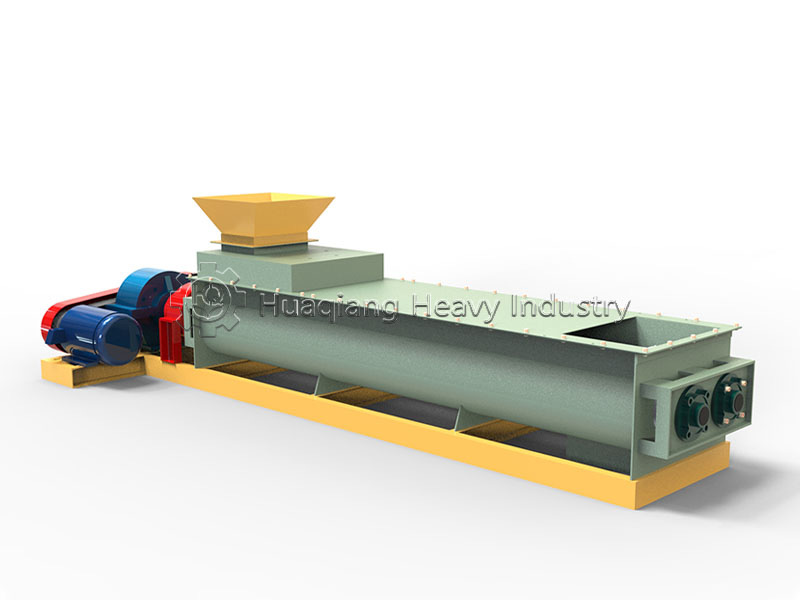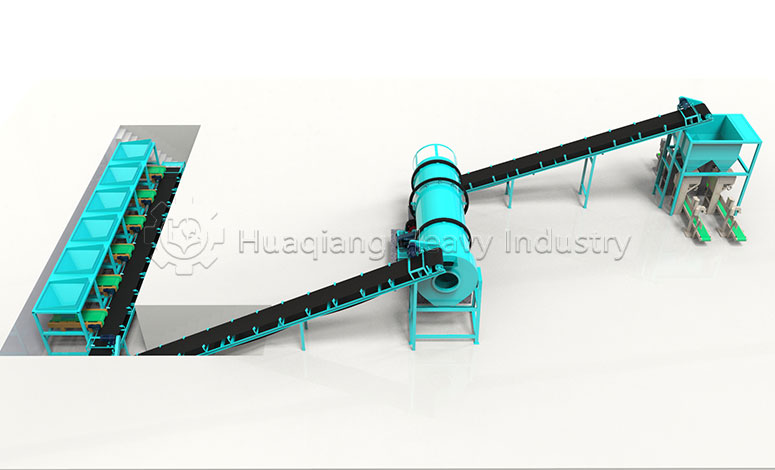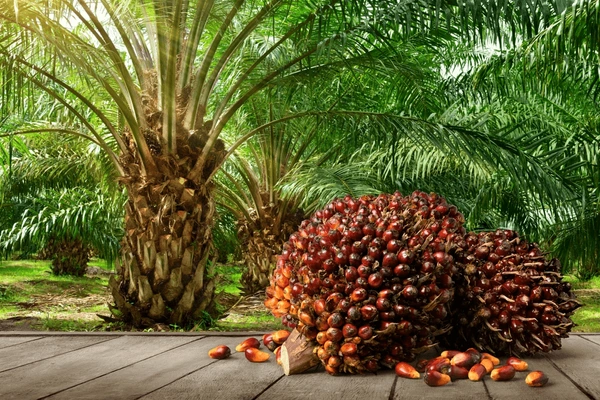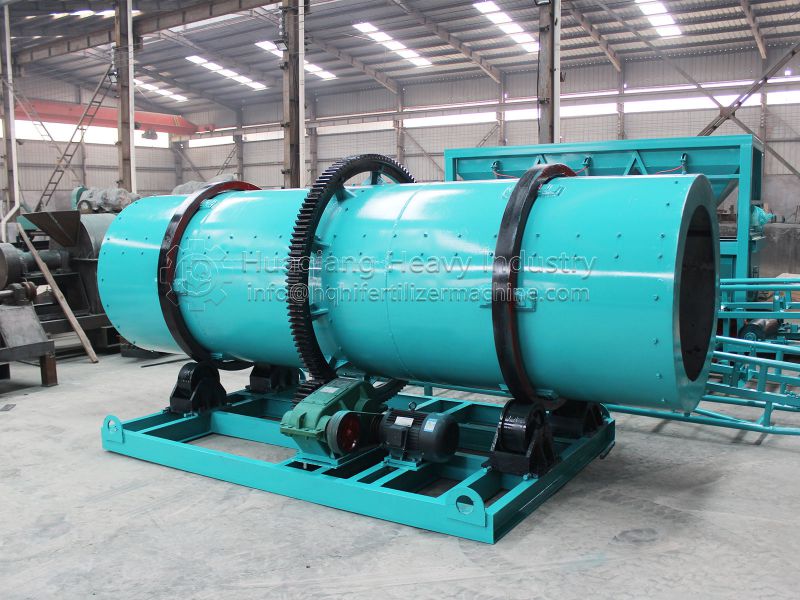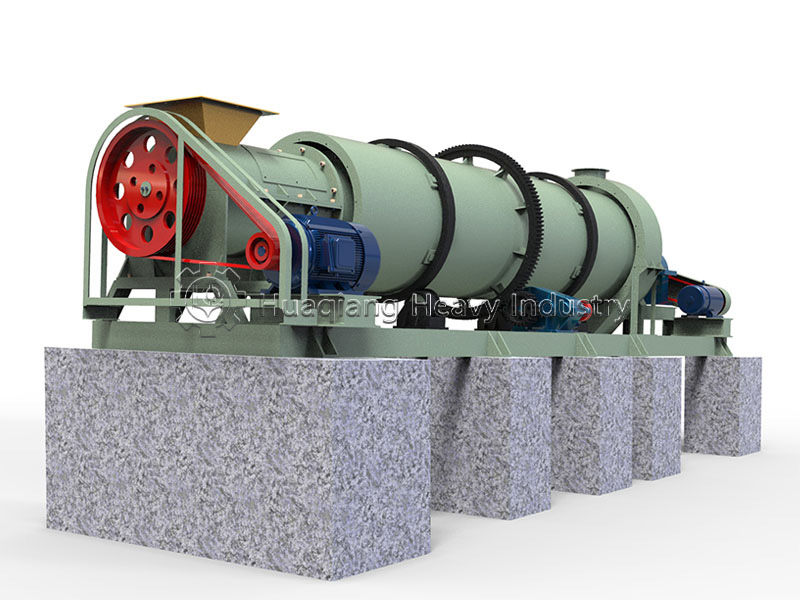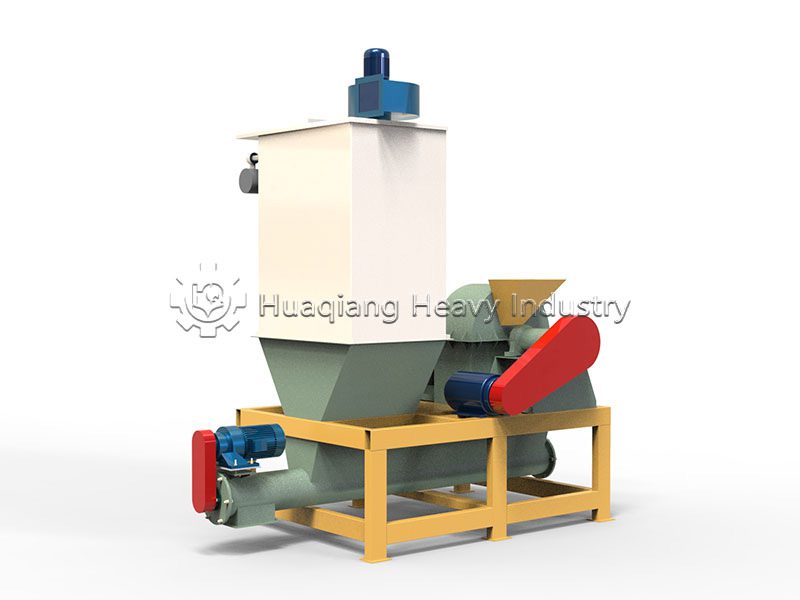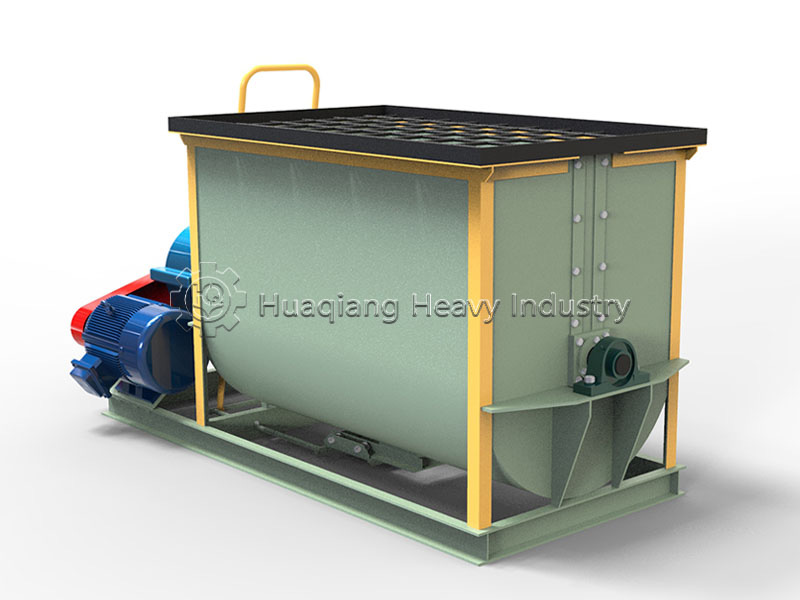In agricultural organic fertilizer production and chemical raw material processing, selecting a suitable and efficient fertilizer crushing equipment is crucial. Chain crushers, with their excellent crushing capabilities for medium-hard materials, have become the first choice for many companies. To choose the right equipment, it’s essential to first understand the structure of the chain crusher and then determine its suitability based on your specific needs.
The chain crusher’s structure and components work together to support its stable operation: a robust steel chassis withstands impact vibrations during crushing, protecting the internal rotor assembly; the rotor’s main shaft, chain, and hammers are the core of the crushing process, directly affecting crushing efficiency; adjustable-aperture screens allow for flexible control of the output particle size to meet different production requirements; the inlet and outlet design ensures smooth material flow, while protective devices safeguard operational safety. Understanding these structural elements helps companies determine whether the equipment meets their production intensity and safety standards during the selection process.
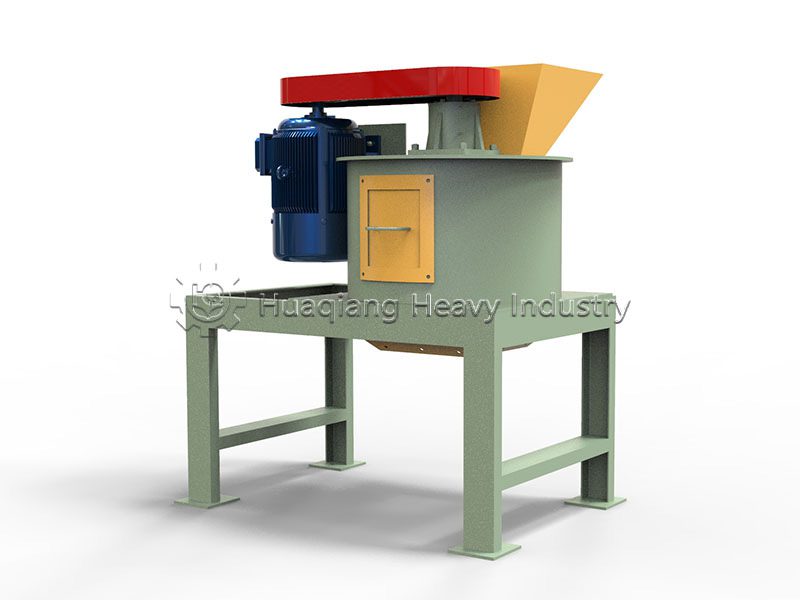
As a high-efficiency fertilizer crusher, two points need to be considered when selecting a chain crusher: First, the characteristics of the material. If it is necessary to process medium-hard materials or materials with a certain degree of moisture and stickiness, the adaptability advantage of the chain crusher can be fully utilized. Second, the production capacity requirements. Combine the parameters such as the motor power and rotor speed of the equipment to match your own production scale. Choosing the right organic fertilizer production equipment can not only improve the efficiency of material pretreatment, but also lay a stable foundation for subsequent production processes, helping enterprises reduce costs and increase efficiency.
